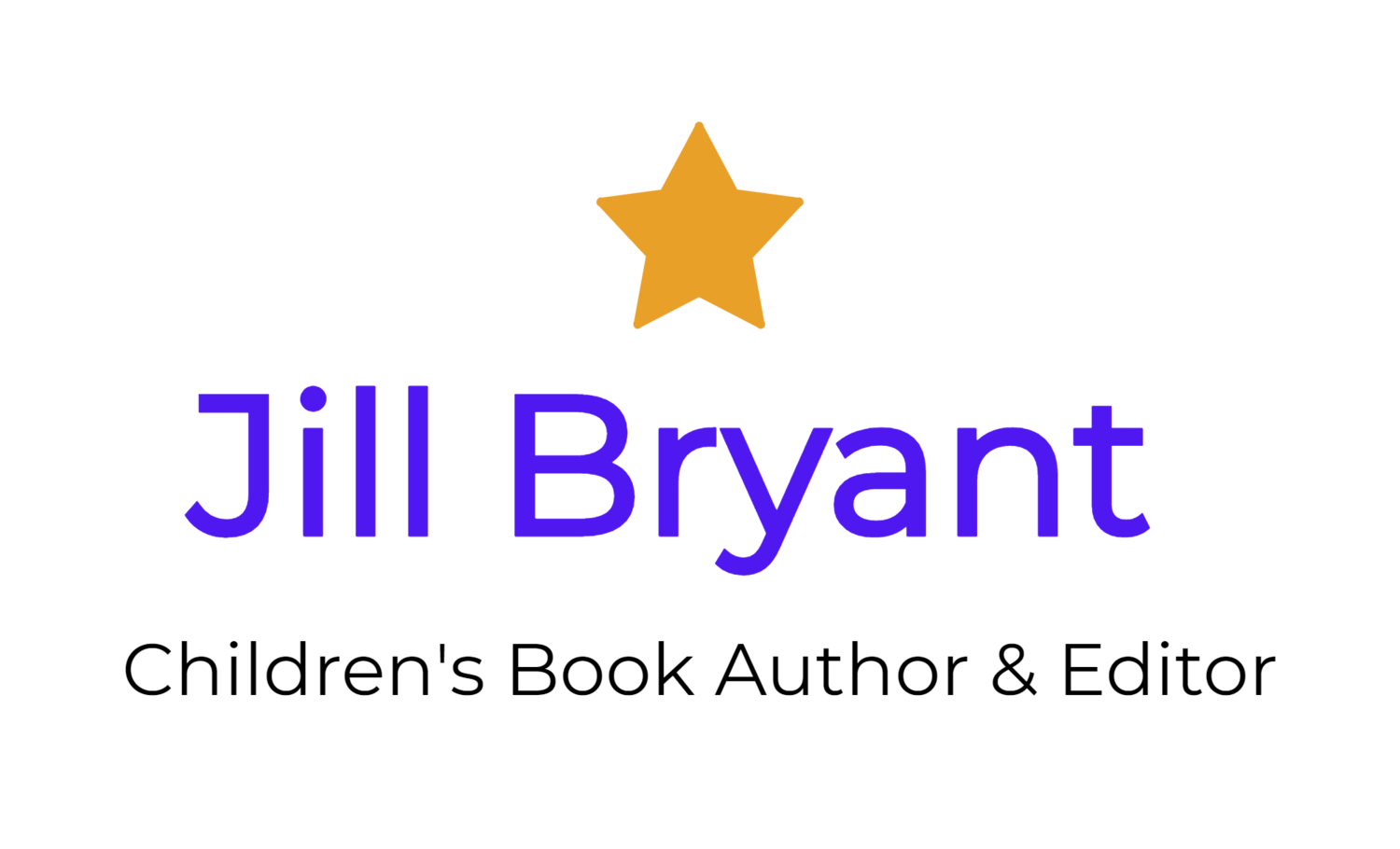A Polished Nonfiction Book Proposal
A couple of weeks ago I described a book proposal as “nice” and “thick.” I don’t know for sure, but the publishers out there may be screaming: “No! No back-breaking tomes to lug home for out-of-the-office bedtime reading!” Admittedly, I don’t know what they want, and can only try my best to supply what I think publishers and editors want, but I find that after compiling all the key components for a comprehensive book proposal the stack of paper ends up being pretty-darn thick. And the “nice” bit? Well, you can use your creative energy to jazz up the cover and insides with whatever images, cartoons, and graphics suit.
In the same way that all writing is most effective when it’s clear and concise, it’s important to include information that is relevant to your book topic. If it supports and strengthens the concept, by all means include it. But resist the urge to include endless pages that can only be described as fluff. A bit of weight may prove that you are serious about the project (you are, of course), but too much will be cause for disgruntlement. And you want the folks who sign the book contracts to be on side!
Specs:
Type up the basic specifications for the book (e.g., working title, suggested illustrator, suggested dimensions, proposed number of pages, suggested retail price, target age group). Lots of this will change once you get a signed contract, and the publisher has created a cost analysis, but it’s helpful to have something on paper. It helps the publisher visualize what you have in mind. Look in bookstores to get a rough idea of prices, page counts (32, 48, 64, etc.), and dimensions of books that are comparable.
Pitch:
Create a well-crafted pitch, marketing rationale, or raison d’être (in paragraph format) by answering questions such as the following: Why should this book be published? Why will people want to read this book? Does it fit any current trends? Do you have any newsclippings or magazine articles that show this is a hot topic? If so, include them in the proposal. You need to persuade a publisher that your project is worth investing in. To do that, you need to think about sales and marketing—the end of the publishing cycle, where the money is made.
Background and Sources:
Provide some background information about the topic. If your topic is straightforward, this can be integrated into the pitch or marketing rationale (see above). If your topic is technical or complicated, a small section featuring background info will help the publisher/editor understand more about the topic so she can better understand your proposed concept. You can collect background information from books, magazines, and websites. You’ll need this yourself for research material, so it will do double-duty. There’s no need to include every bit of research you’ve collected, however. In a proposal you only need enough to convey the gist of your topic and bring neophytes up to speed. Don’t assume that the publisher/editor knows as much about the topic as you do. Including some background information gives them a quick-study guide to understanding the basics before they absorb what you want to do. Listing sources demonstrates that you have effective research skills and again shows other books written on a similar topic. Some may be adult books, of course, and not in direct competition.
Skills:
Outline the skills that readers will acquire by reading this book (e.g., eye-hand coordination, leadership skills, collaborative learning skills). Most kid-book publishers like to produce high-quality books that will stimulate children to develop skills and acquire knowledge.
Contents/Outline:
Supply a detailed one- or two-page table of contents or outline (page 1: title page; spread 2-3: Introduction; spread 4-5: History, etc.). Don’t be wedded to this; it will likely change once an editor gets hold of it.
Sample Manuscript Pages:
Include three or four page spreads from the book. You don’t need to include the full manuscript at this point. This is really important. Spend time on this.
Market Research:
Print out an Amazon or Chapters/Indigo search that shows other books that are related to your topic. This lets publishers know what is currently in the market (i.e., the competition). It also plays up the unique approach you’ve chosen. You can list books that you find at the public library and local bookstore that overlap with your book idea. Again this can show that nothing quite like yours have been done before, which could be a good thing. (It could also be a bad thing, however, if it won’t sell.)
Bio:
Include a one- or two-paragraph author biography. You may want to list other publications and/or awards if applicable. Be sure to note your website or blog if you have one to show that you are using the Web to promote your work.
• • • • •
Compile it all and decide if you are going to cerlox-bind it. Editors prefer loose pages, and don’t like staples. Still I tend to cerlox-bind my comprehensive proposals so that publishers can easily flip back and forth, perusing the various sections. (If you are submitting a cover letter and a full manuscript--without all the other bits I've mentioned--do not staple or bind the pages in any way. Instead, simply stretch a big elastic around the whole bundle, leaving the cover letter loose on top.) However you package your proposal, you’ll want it to look professional--neat, tidy, and easy to read.
So, that’s it. Send it off with a cover letter, briefly describing your book idea. Include a self-addressed-stamped envelope, or an International Reply Coupon if you are mailing it to another country. Pop it in the mailbox and try to forget about it for a while.
Good luck!




